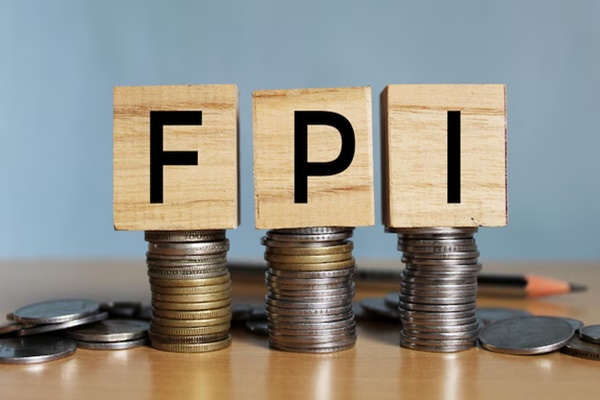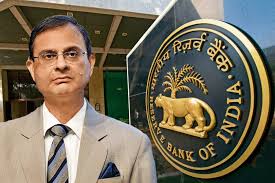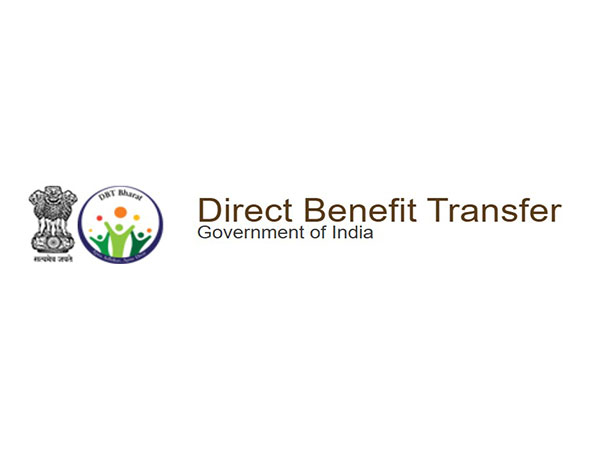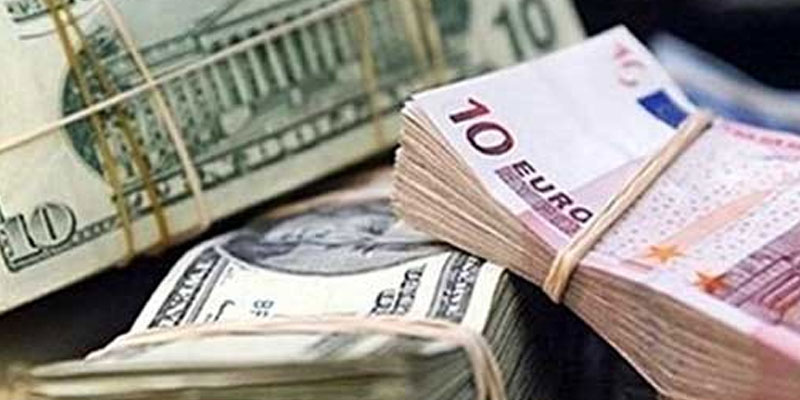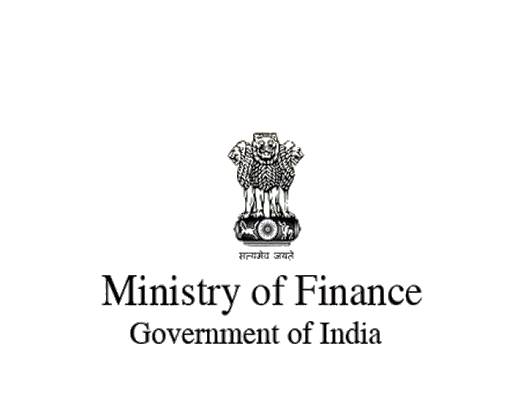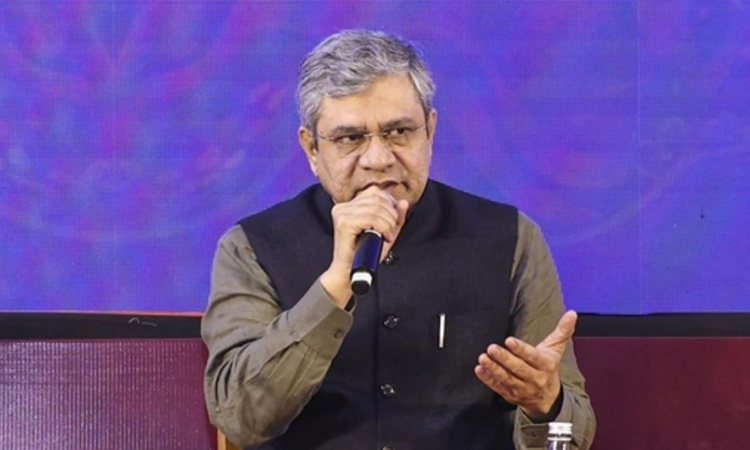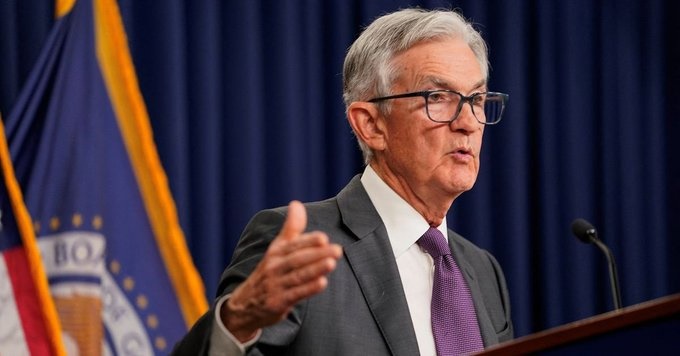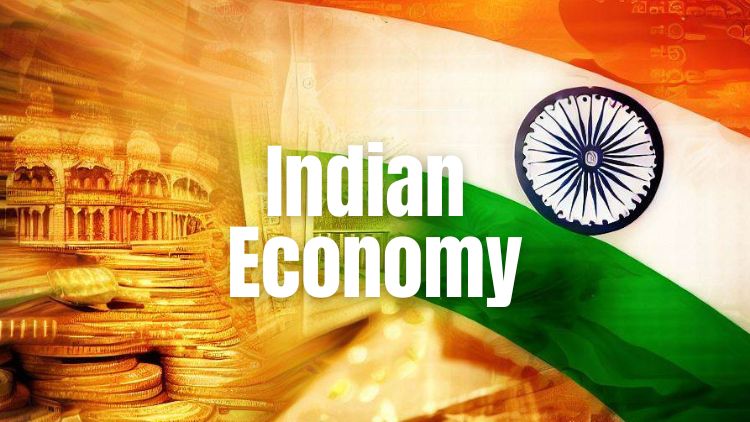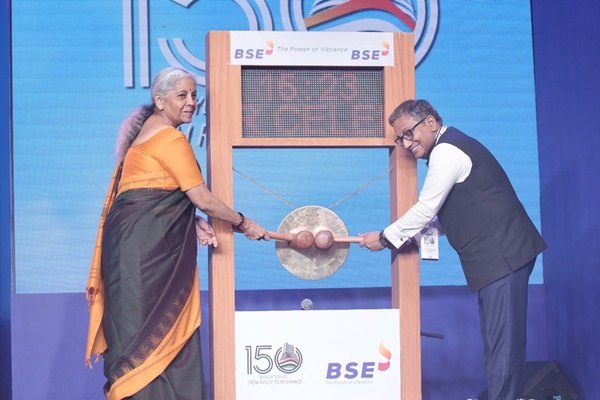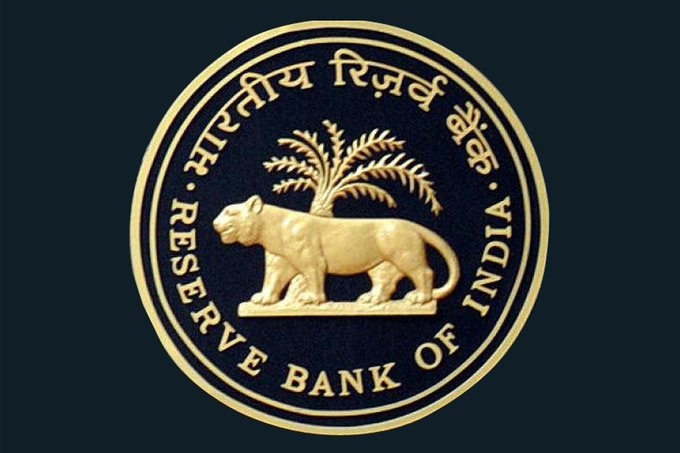GDP growth to be closer to 8 per cent in FY24: CEA
Wed 13 Mar 2024, 10:41:08
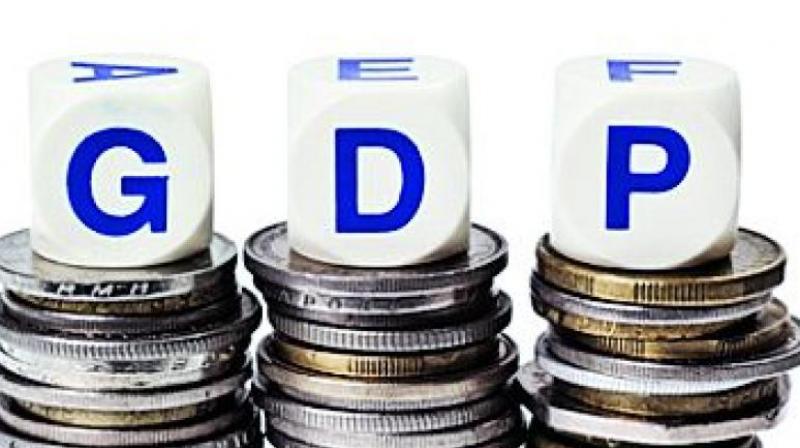
Mumbai: n India’s real GDP growth in FY24 will be “closer” to 8 per cent on higher activity in industry and services verticals, Chief Economic Advisor V Anantha Nageswaran said on Tuesday.
Addressing a conference organised by ARIA (Association of Registered Investment Advisors) virtually, Nageswaran said the growth will be higher than the Ministry of Statistics’ estimate of 7.6 per cent, and added that there is much reason to be optimistic in the near term about the prospects in India.
“...Unless the Q4 GDP numbers fall very significantly from the momentum that we have seen in the first three quarters, the GDP will be closer to 8 per cent rather than 7.6 per cent as the Ministry of Statistics is currently estimating,” Nageswaran said.
However, he stressed on the need to put heads down and work towards the goal without “succumbing to triumphalism and exuberance”.
“As a country, we should realize that we are in it for the longer haul, not for the short term,” he said, adding that the gratification will be delayed and not instant.
Industry and services are seen pulling growth for FY24, while agriculture will be behind because of the delayed and erratic monsoons which impacted the summer crop, he said, adding that the high sowing of the winter crop, waning of El Nino and expectations of a normal monsoon bode well for the farm sector going ahead.
Exports will not be the biggest growth driver going ahead unlike the first decade of this century, he said, pointing out to sluggishness in global growth.
Instead, he said that the domestic consumption will be driving the growth for some time and added that the gap between the rural and urban consumption will also narrow down going ahead.
“...How much Indians are able to consume and how much Indian businesses are able to invest are going to be important contributors (for growth),” he said.
Amid concerns on tepid capital expenditure, Nageswaran pointed to recent data releases like the purchase managers indices and said, “there is clear signal that industry is optiomistic, investing and producing more”.
The financial health of both Indian banks and corporates is healthy, which will ensure that the two are able to make a contributions to growth over the next 5-7 years, he said.
If anything, there can be
a case for credit growth to slow down because the deposit growth is unable to catch up, he said, warning that continuing with the current trend will make the interest rates high.
a case for credit growth to slow down because the deposit growth is unable to catch up, he said, warning that continuing with the current trend will make the interest rates high.
He termed the inclusion of the country’s government securities in major bond indices as a “seminal” move, but advised caution on the same, saying this can also attract “hot money” which can go back due to no change in domestic fundamentals.
“There is an increase in demand for securities when more money comes in. That can actually lead to short term bubble like phenomena. But whereas, what you need is also supply. The market has to become broader and wider,” he said.
Over the last nine years, inflation has come down, he said, adding that the government’s efforts to supply foodgrains at very cheap prices to over 80 crore people should be seen as a measure to increase their disposable incomes by saving on food.
Given the domestic realities, we are in a situation where the country is combining growth, democratic framework and social inclusion at the same time, he said, adding that such a transition has not been attempted elsewhere before.
Pointing to recent findings by official surveys showing heightened instances of obesity across gender and income levels in the country, Nageswaran flagged health as an “important risk” going forward, stressing that health has a direct impact on the overall economic growth.
Even though there is a perception that the government has spent only on infrastructure building and public investments, he cited data to show that social sector expenditures have also gone up over the years.
“We need to have a healthy population, investing in physical activity, being proactive about screentime, about sedentary activities, eating schedules etc. Especially as we go into the middle age is a challenge,” he said, making it clear that even though the government may have schemes the onus is on the individual on this front.
He said the participation of young women in labour force is low because a large number of girls are enrolling for higher education, and fruits of the same will be realized over a period of time.
Contrary to concerns, he said the overall female labour force participation is also going up as seen in a survey conducted after 2017-18.
No Comments For This Post, Be first to write a Comment.
Most viewed from Business
AIMIM News
Latest Urdu News
Most Viewed
May 26, 2020
Do you think Canada-India relations will improve under New PM Mark Carney?
Latest Videos View All
Like Us
Home
About Us
Advertise With Us
All Polls
Epaper Archives
Privacy Policy
Contact Us
Download Etemaad App
© 2025 Etemaad Daily News, All Rights Reserved.

